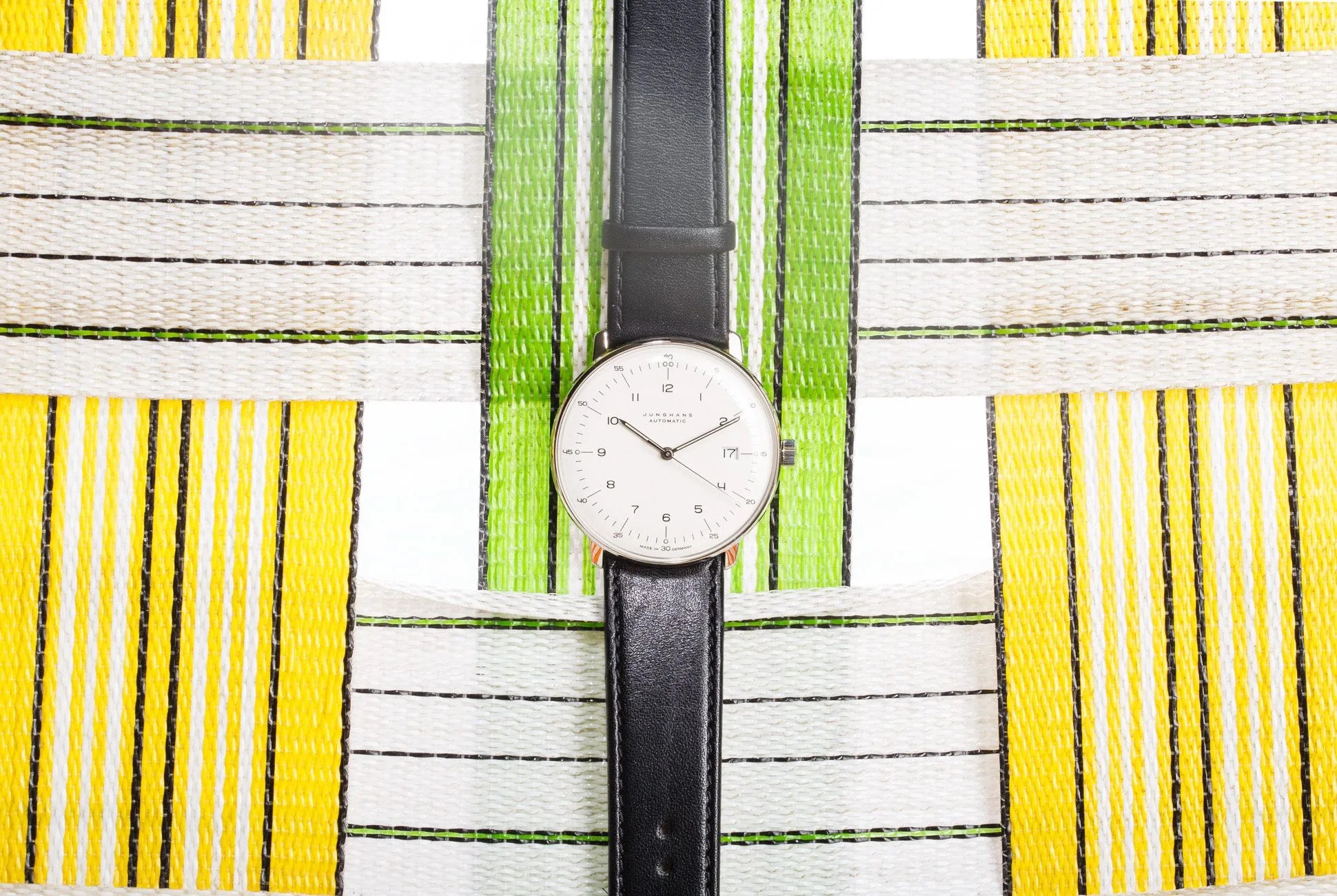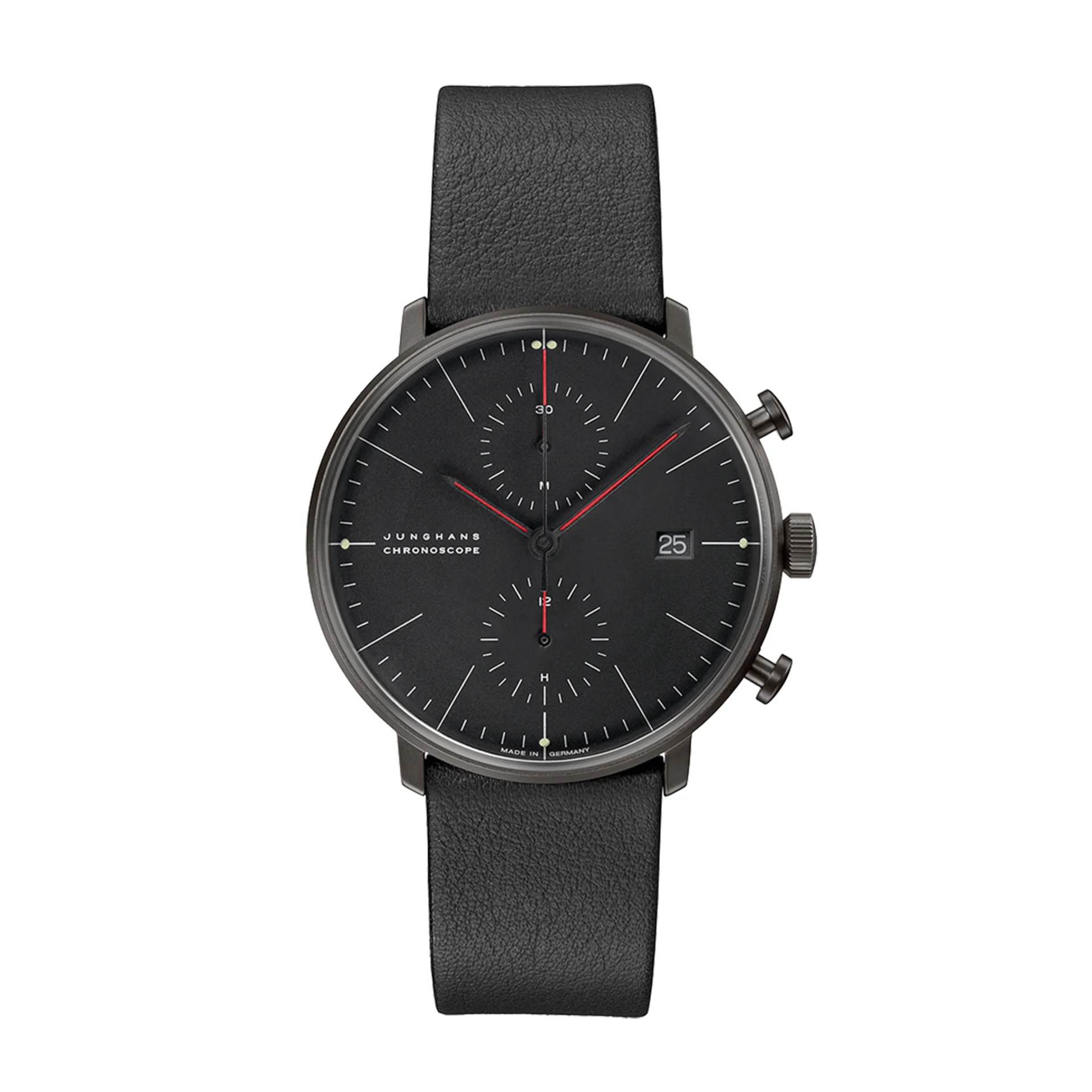There are a number of design movements that have influenced the world of watches over the years, but arguably none more prominently than the Bauhaus.
The German design school emphasized that form should follow function, and while the style isn’t strictly minimalist, it’s known for its prioritization of utility in product design and its lack of ornamentation.
The Bauhaus, which only operated for 14 years from 1919 to 1933, had an outsized impact in the fields of architecture, furniture and product design while also helping to form the foundations of modern design in the mid-twentieth century.

Bauhaus design reached the world of watches most notably in the mid-twentieth century, with Swiss designer and Bauhaus alum Max Bill creating his eponymous line of watches for German brand Junghans in 1961.
Bill’s designs became renowned for their uncluttered layouts and highly legible displays. The Junghans Max Bill — of which there are chronographs as well as three-handers — is today considered the most emblematic Bauhaus watch ever made while also ranking among the most iconic minimalist watches.
Now, Junghans is honoring the Max Bill’s design origins with a special edition of the Chronoscope that not only adheres to the principles of Bauhaus design but also pays visual tribute to the Bauhaus building itself.
 Junghans
Junghans


